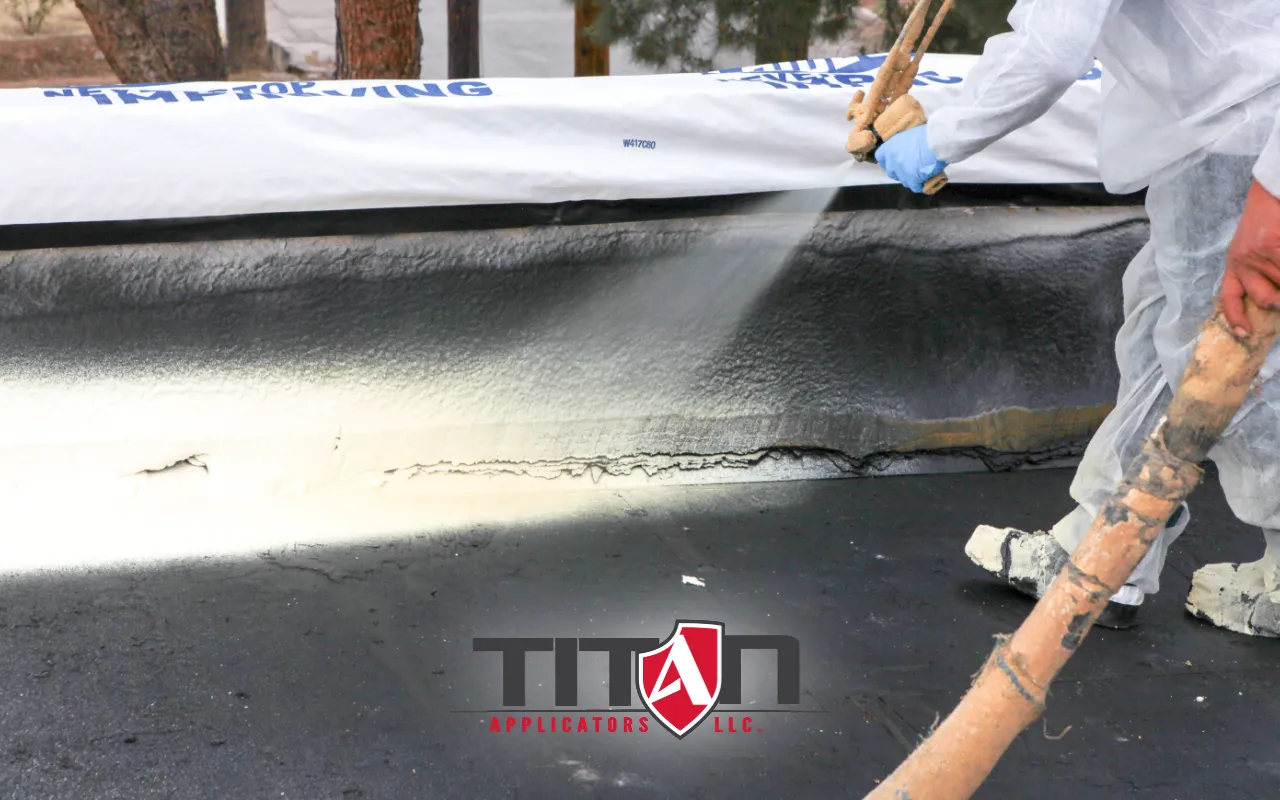As of November 2021, construction prices are up 21.1% than November of 2020, according to an Associated Builders and Contractors analysis of information published by the Bureau of Labor Statistics. To compound the matters even more, global supply chain disruptions, record-breaking storm seasons, raw material problems, and skilled labor shortages are putting pressure on the construction market, too.
It looks likely that materials shortages are going to continue through the better part of 2022.
Particularly, the commercial roofing industry is suffering from these delays; roof insulation, tiles, batten, and some roof membranes more so than other roofing materials.
How Does This Affect The Commercial Roofing Market?
Cost
Architects, developers, and general contractors, here in Colorado and abroad, are experiencing roof material prices rise on a month-to-month or quarter-to-quarter basis. These prices may not go back to their pre-COVID levels even after roofing supplies catch up to demand.
The cost for low-slope roofing materials, like polysio board, TPO, or PVC, is based on when they’re delivered to the buyer - not when they’ve ordered them. Thus, the longer you wait, the more likely you’ll experience more price increases.
Delivery
Delivery schedules are continued to being pushed-out to farther dates on a weekly basis. Roofing suppliers cannot accurately predict these changes because they cannot accurately predict when they will receive material from roofing manufacturers and so on.
We’ve experienced first-hand here in Colorado that suppliers cannot fulfill orders on tapered roof insulation for at least 6-9 months. This has put a huge stress on general contractors and developers, pushing them to look for alternative roofing options like spray polyurethane foam.
What Now?
Roofing contractors, construction managers, and architects can each take a proactive approach to ease delays in their construction schedules by implementing the following recommendations:
Know Your Lead Times. Knowing which materials are in shorter supply than others and what the fulfillment times are for each respective item will allow you to make guided and calculated decisions as you navigate the storm.
These lead times are never concrete in today’s economic climate and suppliers are overwhelmed with the same concerns as you are. Be intentional about regularly following up with your suppliers to check for schedule updates.
Do Your Research. There are alternatives to the current roof you have specified, such as spray foam roofing systems. Although the polyurethane foam industry is experiencing unprecedented supply-chain issues just like the rest of the world, order fulfillments are significantly lower than other low-slope roofing options. Do your research on who the best spray foam contractors are in your area. Reach out to them and initiate conversations. You may be pleasantly surprised by what you find.
Open Your Minds. It might be wise to consider alternative roofing materials. Spend extra time talking to manufacturers and colleagues, particularly in other areas of the country, to see what they know and experience.
One thing we’ve learned in the Colorado commercial roofing industry during the last 12 months is that many local architects and general contractors are unaware of spray polyurethane foam roofs in spite of the fact they have been around for 5 decades. There is a considerable gap between having a true understanding of what benefits SPF roofs can provide and knowing that they even exist.
For some, it is a real challenge to deviate from the roofing norm despite the possibility of costly delays and unnecessary setbacks; others will take it as an opportunity to evolve in efficiency, feasibility, and flexibility.
Calculate Your Risks. Most developers are operating on very thin margins in the present market condition and there is great emphasis on pricing. Those that are have done their research and open their minds to the possibility of using spray polyurethane foam on their commercial roofing system will realize that the chance of failure (in the macro and the micro) is minimal.

What Is A Good Alternative To Tapered Roof Systems?
Spray polyurethane foam is a great alternative to tapered polyiso board insulation because:
Slope can be easily added and manipulated; customized to the building’s features. It has better insulating value (R-Value) than polyiso. It is more readily available than other roofing materials. It is both the insulation and the waterproofing. It can be applied to almost every roofing deck or substrate. It is much easier and faster to install.
With huge lead times to get polyiso products, it makes sense to start looking for alternatives. It is both expensive and costly to sit back and wait for products to come in. Don’t let delays completely derail your project; adaptability can be key to creating the best outcome for yourself and everyone else involved.
Contact Us Today!







